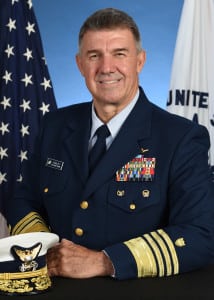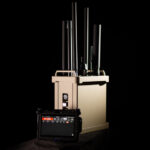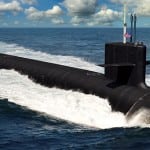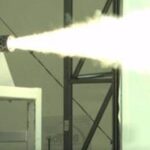
As the Coast Guard waits for opportunities to emerge in a decade or more with future rotary-wing designs, in the interim the service is looking at expanding its fleet of MH-60T Jayhawk helicopters and drawing down its number of shorter-range MH-65 Dolphin helicopters, which are no longer in production, Coast Guard Commandant Adm. Karl Schultz said on Thursday. The MH-60T aircraft, which are from the same family of helicopters as the Army Blackhawk and Navy Seahawk helicopters, “has a robust…

 By
By 











